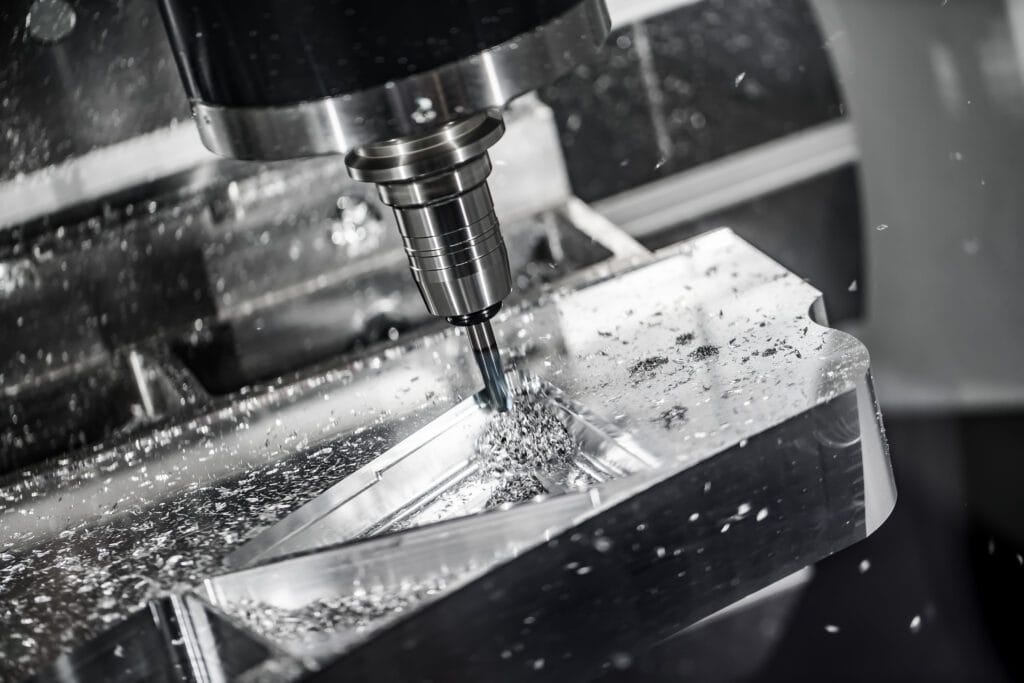The needs of customers using products are increasingly demanding in terms of performance, purchase costs, and lifespan when this is not programmed. At the same time, the quality level of companies is increasingly demanding - we speak of ppm defects (parts per million). However, in mass production, machining still has many years ahead of it, because it is so efficient.
These various points require manufacturers to be increasingly efficient in Project Management, and thus in validating the various stages of design, manufacture and verification of the performance expected by end customers.
There are four phases in the product development process:
- Product design
- Product industrialization
- Process product verification
- Process product qualification
1. The product design phase
The aim of this stage is to design the plans for the part to be produced and machined. Whereas a few years ago, these drawings were produced by hand, today all parts are designed by computer using a CAD software (Computer-Aided Design). This allows us to be more efficient and to imagine curvilinear parts that cannot be defined by a drawing.
2. Product industrialization
In mass production, machining still has a long way to go, because it's so efficient. It's up to us to make the most of our methods and support tools for the digital integration of skills (Enterprise 4.0), to help our programmers and set-up personnel.
Machine tool kinematics are becoming increasingly complex to program by hand, in order to produce parts with increasingly complex morphologies (integration of more and more service functions on the same part). Even with assistance integrated into CNC controllers. Optimized cutting tool trajectories, offering high performance in terms of chip formation and control, are not always available.
That's why manufacturing programs are now designed using CAM software. Computer-aided manufacturing (CAM, CFAO) offers us, if the user sets the parameters correctly, machine coding (Post Processor) which will generate high-performance tool paths from the machining point of view.
3. Process product verification
The purpose of this stage is to prove that series production meets the required level of quality. During this stage, the aim is to set up the machine to produce a few parts.
As parts become increasingly complex, the number of surfaces to be produced multiplies. The number of specifications to be produced and mastered grows daily. And programmers and setters can no longer simply reason their way through the multiple corrections required to get a part right the first time.
In this context, Automated Process Control (APC) is the answer to this problem, automatically correcting all tool offsets to the average (target) dimension, while improving production quality.
4. Process product qualification
This phase ensures that the product can be reproduced over time.
By controlling the characteristics of the target, it is possible to optimize the manufacture of components, sub-assemblies and even assemblies (finished products) with optimal behavioral play. This improves overall product performance. Unfortunately, external factors such as machine variability make it difficult to control features at the target, hence the need to monitor dimension drifts using the statistical rule of the SPC (Statistical Process Control). The main aim of this technique is to monitor the behavior of a process using tools such as the control chart, and thus reduce scrap rates by anticipating non-quality. Indeed, the principle developed by Shewart and the control chart allows action to be taken on a process only when it is out of control (as long as I'm within my control limits in green, I don't correct my process, and as soon as I'm outside my dispersion, I correct it).
The challenges
Faced with these difficulties, we need to find a solution capable of responding to the three main challenges facing manufacturers today:
Issues 1 Capability: being able to control capability over the long term
Stakes 2 : be able to manage complex parts in a multidimensional environment
Stakes 3 integrating into the digital chain
This system is called Automated Process Control or APC.
This is an evolution of the SPC, which involves using IT resources to control a production process, in order to achieve much better quality results than with traditional SPC. With APC, dozens of correctors can be adjusted simultaneously. APC corrects drifts using a machine learning algorithm. Focused on the target of the functional dimension, the correction drifts much less towards the limits of the control chart, and quality is controlled over the long term.
Conclusion
Although SPC is a standard for many manufacturers, it remains difficult to maintain over the long term, and is very time-consuming (training time for set-up personnel, etc.). Automated Process Control (APC) enables the simultaneous adjustment of dozens of correctors, and corrects drifts using a damping function derived from a machine learning algorithm. Focused on the target functional dimension, the correction drifts much less quickly towards the limits of the control chart, thus greatly improving production quality.


